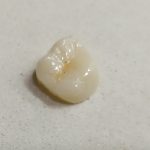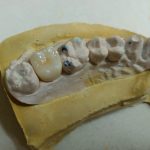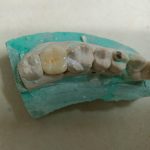CROWNS & BRIDGES
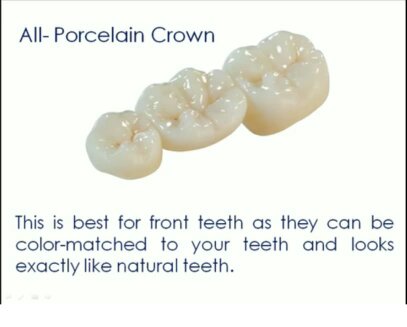
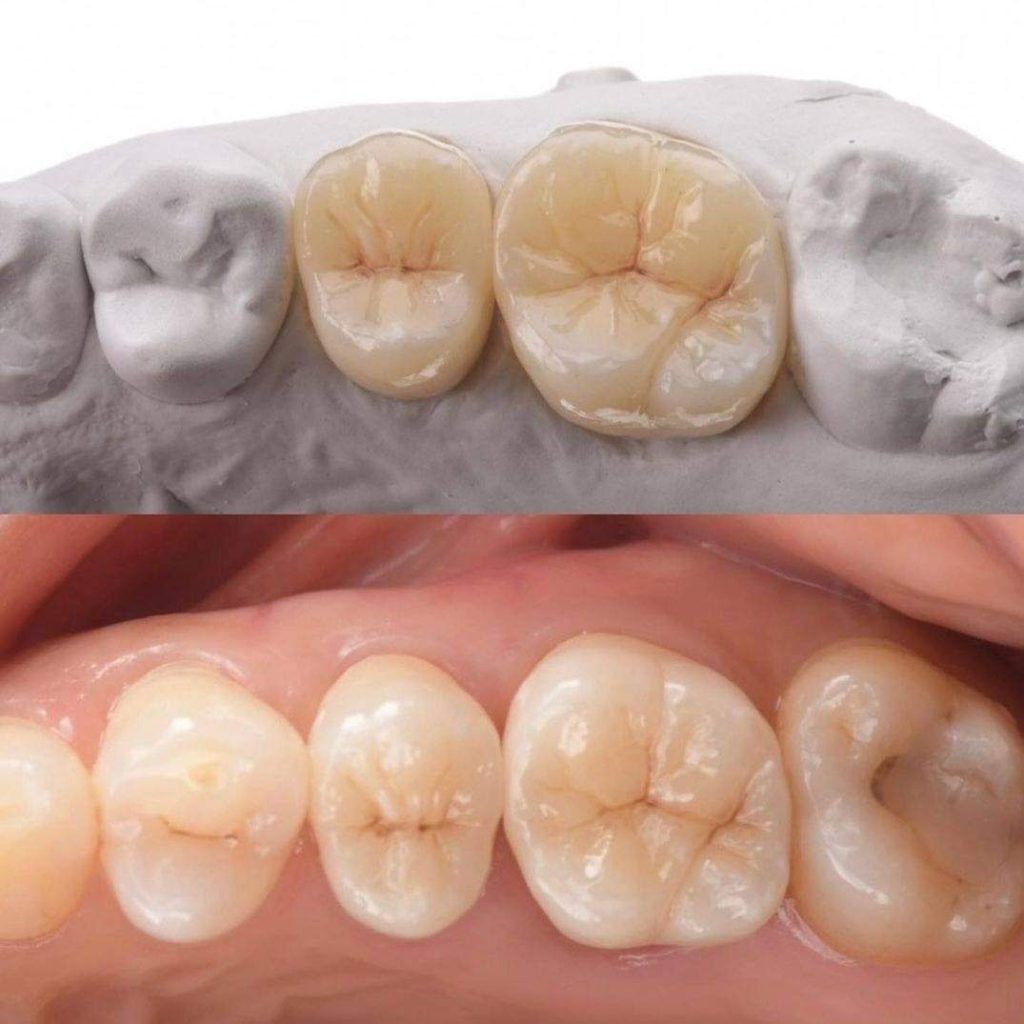
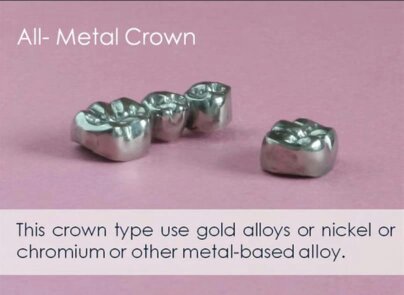
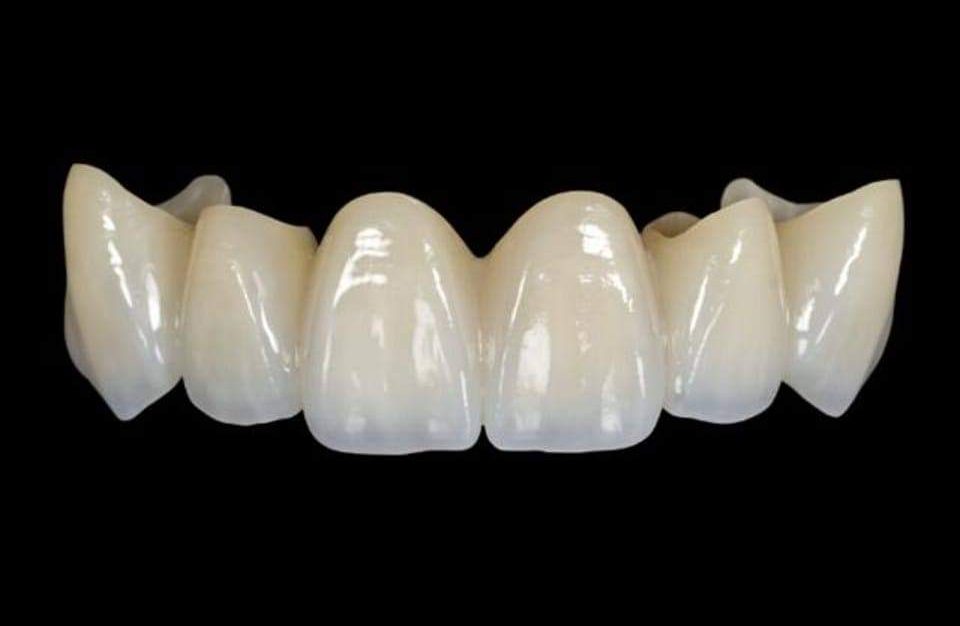
WHEN DO WE NEED A CROWN ?
We need a crown (or so called a cap) to cover/protect a weakened tooth which is badly damaged due to caries. that is after getting a root canal treated tooth.
The crown or cap is usually made in a lab with different types of materials ranging from stainless steel ( in earlier times ) to the most recent, advanced hard tooth coloured materials like Zirconia. The crown strengthens a damaged tooth, and also improves the appearance and shape of a badly damaged tooth to its original form.
Porcelain or ceramic crowns can be matched to the color of your natural teeth.
Other materials include gold and metal alloys, acrylic and ceramic. These alloys are generally stronger than porcelain and may be recommended for back teeth. Porcelain bonded to a metal shell is often used because it is both strong and attractive.
A crown is mostly recommended to:
- Replace a large filling when there isn’t enough tooth remaining
- Protect a weak tooth from fracturing
- Restore a fractured tooth
- Attach a bridge
- Cover a dental implant
- Cover a discolored or poorly shaped tooth
- Cover a tooth that has had root canal treatment
TYPES OF CROWNS
Nowadays , three main types of crown materials which are used are :
1.PFM CROWN : A two layered crown, metal-with porcelain crown
2. Zirconium crown : A single full zirconia crown ( also called – a metal free crown )
3. EMAX CROWN : A single full ceramic crown
STEPS IN CROWN FABRICATION
There are 5 major steps in crown fabrication
- CROWN PREPARATION – SHAPING & REDUCING A TOOTH
- AN IMPRESSION OF THE FINAL DESIGN – DIGITAL/ CONVENTIONAL IMPRESSION
- LAB. PREPARATION OF THE CROWN
- FINAL CHECK UP OF THE FIT & DESIGN OF THE CROWN
- FINAL CEMENTATION OF THE CROWN.
WHEN DO WE NEED A BRIDGE ?
A Bridge is usually a 3-5 units of crowns which are made to serve as an arftificial tooth to replace missing teeth
A bridge may be recommended if you’re missing one or more teeth. Gaps left by missing teeth eventually cause the remaining teeth to rotate or shift into the empty spaces, resulting in a bad bite. The imbalance caused by missing teeth can also lead to gum disease and temporomandibular joint (TMJ) disorders.
Bridges are commonly used to replace one or more missing teeth. They span the space where the teeth are missing. Bridges are cemented to the natural teeth or implants surrounding the empty space. These teeth, called abutments, serve as anchors for the bridge. A replacement tooth, called a pontic, is attached to the crowns that cover the abutments. As with crowns, you have a choice of materials for bridges. Your dentist can help you decide which to use, based on the location of the missing tooth (or teeth), its function, aesthetic considerations and cost. Porcelain or ceramic bridges can be matched to the color of your natural teeth.
- Function:Crowns restore individual teeth, while bridges replace multiple missing teeth.
- Structure:Crowns are single units, while bridges consist of multiple parts, including crowns and pontics.
- Application:
Crowns are used to repair damaged teeth, while bridges are used to replace missing teeth.


